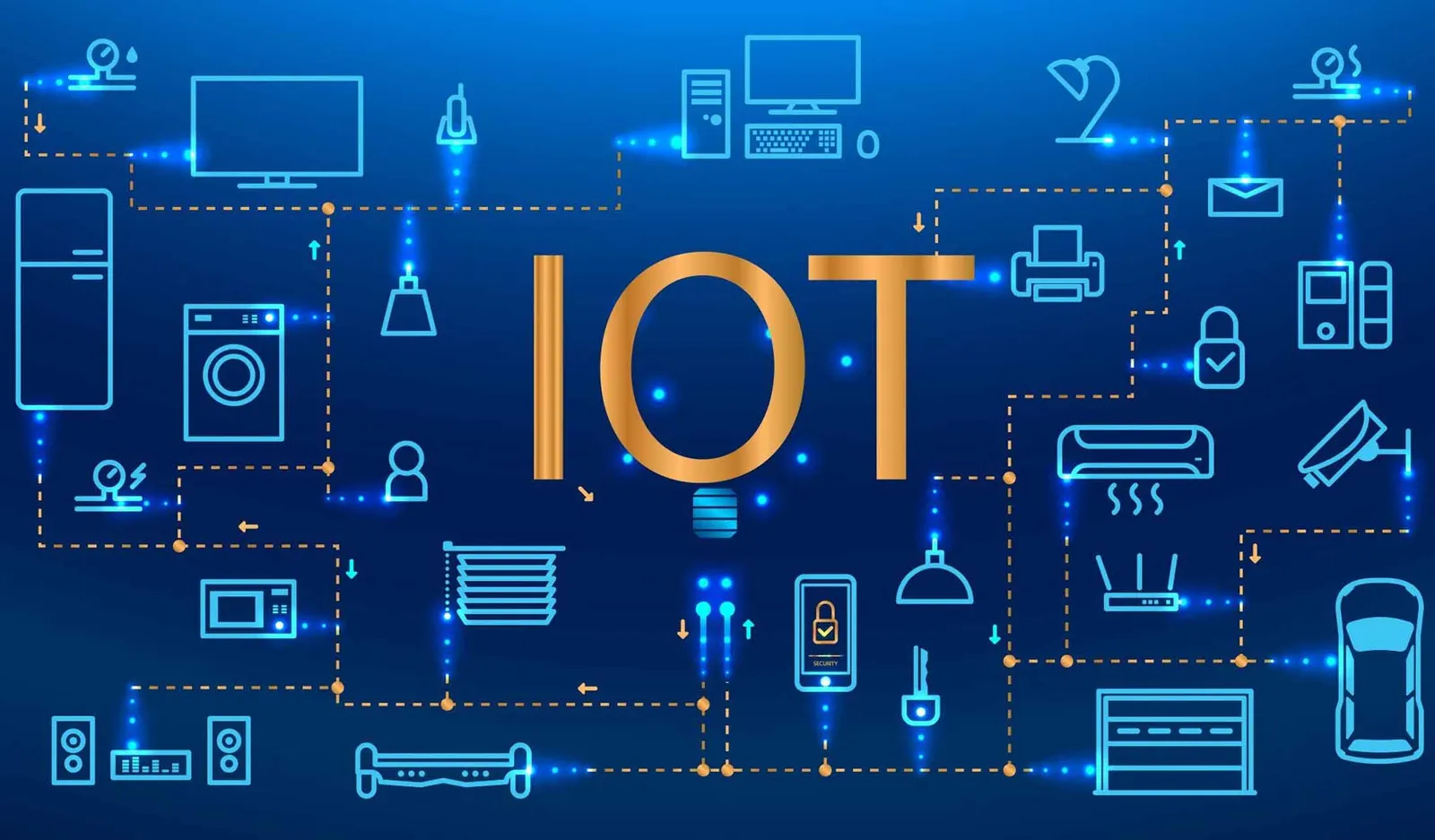Home Automation does what it says - It enables various smart devices around the home to work together in an automated way based on instructions/configurations.
Home automation can be achieved using IoT/Smart devices. IoT is a network of devices, devices that are embedded with sensors, software, and other technologies with the sole purpose of connecting and exchanging data with other devices over the internet. IoT enables devices to interact, collaborate, and learn from each other’s experiences just like humans do. Some of the examples of IoT devices are below.
- Connected appliances.
- Smart home security systems.
- Smart Switches.
- Smart Locks.
- Smart Energy Meters.
Below are a few day-to-day activities which I automated
- Turn on the water motor when the water supply starts.
- Lights Automation and Home Intrusion Detection.
- Using an Automatic shut-off valve directing water flow.
- Turn on/off lights and fans in the living room
In this blog post, I will explain all software, tools, devices, services that were used by me for achieving the top two automation flows.
Home Automation has three components.
- Hardware.
- Software/Apps.
- Communication Protocols.
Hardware
1) Sensors like (Water flow sensor, Pressure sensor, Temperature sensor, Door sensor, PIR sensor, Water level sensor).
** I used a Water flow sensor, Door sensor, and PIR sensor.**
**2) ESP8266 **boards like (Arduino UNO, Wemos D1 R2, RaspberryPi Zero). We can connect the mentioned sensors to these boards and send the key data to the hub.
I used Wemos D1 R2 which contains a Wi-Fi chip. Flashed this device with Tasmota and connected it to the local hub.
#home-assistant #node-red #wemos
